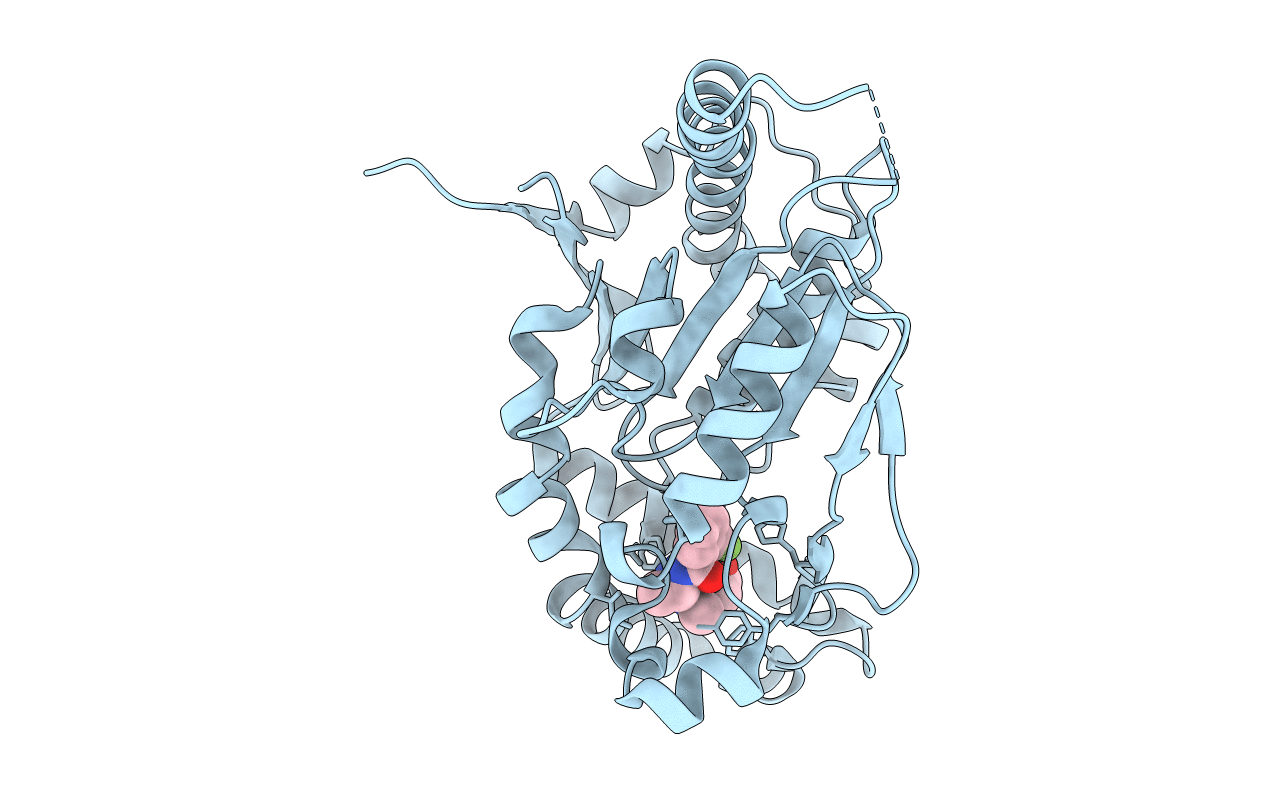
Deposition Date
2013-03-22
Release Date
2013-05-15
Last Version Date
2023-12-20
Entry Detail
PDB ID:
4BFS
Keywords:
Title:
Crystal structure of Mycobacterium tuberculosis PanK in complex with a triazole inhibitory compound (1a)
Biological Source:
Source Organism:
MYCOBACTERIUM TUBERCULOSIS (Taxon ID: 83332)
Host Organism:
Method Details:
Experimental Method:
Resolution:
2.90 Å
R-Value Free:
0.24
R-Value Work:
0.19
R-Value Observed:
0.19
Space Group:
P 31 2 1


